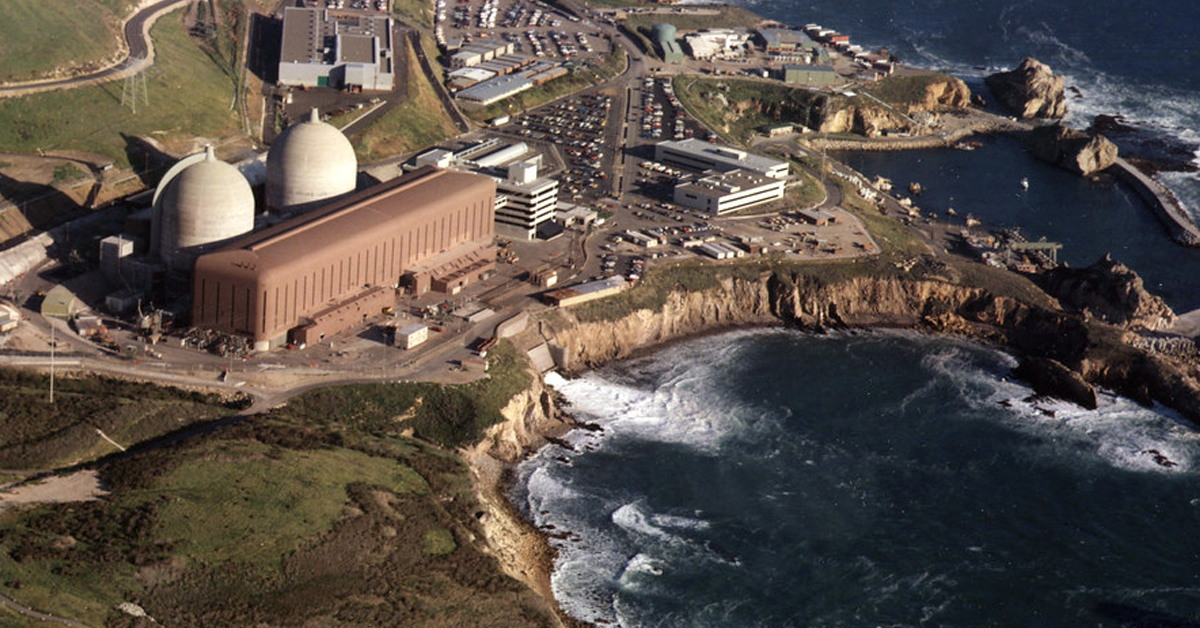A recent study opposes Pacific Gas & Electric’s plan to close Diablo Canyon Power Plant, revealing that keeping California’s last remaining nuclear power plant open would help the state’s clean energy and climate efforts.
The report, authored by a joint team from Stanford University and the Massachusetts Institute of Technology, also found that keeping the plant open would save the state billions of dollars in electricity costs.
Although Diablo Canyon generates up to 9 percent of California’s in-state electric generation, PG&E announced in 2016 that it reached an agreement with environmental groups to start closing the plant in 2024, with the final shutdown scheduled the following year.
But since that decision was made, California’s climate goals have become even more ambitious, with a goal of 60 percent of electricity from renewable sources by 2030. That will be followed up by 100 percent of the state’s energy from carbon-free sources by 2045.
If Diablo Canyon were to remain open to 2035, the report states that it would reduce California power sector carbon emissions by over 10 percent from 2017 levels and save $2.6 billion in power system costs.
Continuing operations would also mitigate brownouts and reduce the state’s reliance on gas.
Remaining open until at least 2045 would offer power system cost savings up to $21 billion, the report found, while sparing 90,000 acres of land from use for energy production.
An open Diablo Canyon would mean the state is placing value on low-carbon firm capacity, which is energy that is available whenever needed and emits little to no greenhouse gases.
“And that value becomes higher as you drive down to really deeply decarbonized scenarios,” Jacopo Buongiorno, MIT professor and one of the study’s authors, told the San Diego Union-Tribune.
“Nuclear plants – and Diablo Canyon is no exception – are one such clean and firm (source of) power capacity that we think should be preserved.”
The idea of saving Diablo Canyon from the nuclear scrapheap was revived by Valley Rep. Devin Nunes (R–Tulare) earlier this year.
Nunes, who has led a number of initiatives in years past to reduce the cost of energy – renewable and not – in the United States, introduced the Clean Energy Protection Act in early July with simple, but straightforward language: reverse PG&E’s planned closure of the plant.
For its part, the Stanford-MIT study also explored additional uses for Diablo Canyon outside of nuclear energy production.
One such use could be to power a desalination plant, which could provide fresh water volumes at least equal to the proposed Delta Conveyance Project to the Central Valley at a significantly lower investment cost.
Diablo Canyon could also be used with a new hydrogen plant, which would provide hydrogen at a 50 percent less cost than solar and wind power while taking up a much smaller land footprint.
The study also explored using Diablo Canyon as a polygeneration facility, meaning there would be coordinated and varying production of electricity, desalinated water and clean hydrogen.











